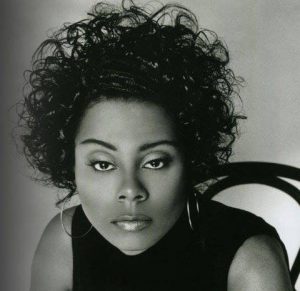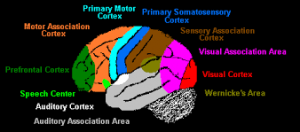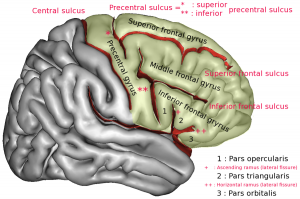Composed by Shunda Wallace

What happens in music processing that allows the brain to change?
Let’s now begin with what we do know.
I know as a Music Therapist that Music Therapists utilize music to solve non-musical problems. The clinical translation would be “music therapists utilize music to reach non-musical goals”. A non-music clinician might inquire, well what does that actually mean “music to solve non-musical problems or reach non-musical goals?”
Let’s take a look at stroke victims for example. What area’s of the brain that we do know are affected by a stroke patient. As a general rule of thumb we know that movement, speech, language and in some cases vision are affected during a stroke. Let’s stick with these four area’s: movement, speech and vision and language.
Check out the blog that I wrote on the brains of musicians are more developed than the brains of non-musicians which takes us back to the left inferior frontal gurus (IFG) of the brain. Just in case here is a recap.
This would consist of four systems of the brain: the auditory cortex (hearing), the visual cortex (sight) and the motor cortex (movement), the left frontal lobe (language dominant hemisphere).

These four systems are located on both the right and the left hemispheres of the brain.
Auditory Cortex: Left and Right Hemisphere
Visual Cortex: Left and Right Hemisphere
Language Dominant: Left Hemisphere
Motor System: Left and Right Hemisphere
The IFG is a region of the brain that sits in front of the motor system and it has rich inter- connectivity between both right and left hemispheres of the brain (auditory and motor). During the research it was determined that this region of the brain is more developed in adult musicians than in adult’s that were not musicians.

Hence the inter connectivity between systems.
The study has determined that music making changes the structure and function of these multi-modal integration systems in the brain which creates a ripple effect that expands those surrounding systems. The more language, hearing, speech, vision and motor domain were utilized by-way-of practicing a musical instrument, singing and movement, the more developed these particular systems became.
When a music therapy patient takes a particular test or performs a task that is musical in nature (moving to music) to reach a non-musical goal (walking) this expands the structure and function of those closely related non-developed systems of the brain to become more developed.
(Neuroimaging and Stroke Recovery Lab, Deaconest Medical School 2014). [Podcast]
Ms. Wallace holds a Bachelors of Music in Music Management from William Paterson University, Masters Degree in Jazz Arranging and Orchestration from William Paterson University in addition to an Advanced Level Certification in Music Therapy from Montclair State University.
As a researcher Ms. Wallace’s research on Schizophrenia and Depression was published in Montclair State Universities “Forward Thinking” newsletter and presented/nominated for an award at Montclair State’s 2013 Research Symposium.